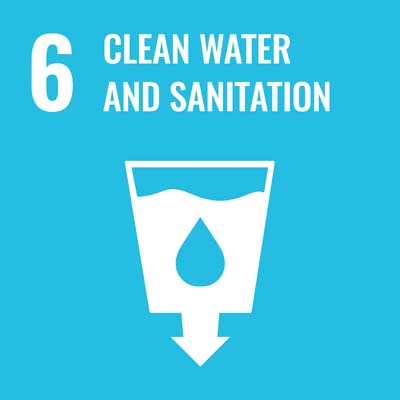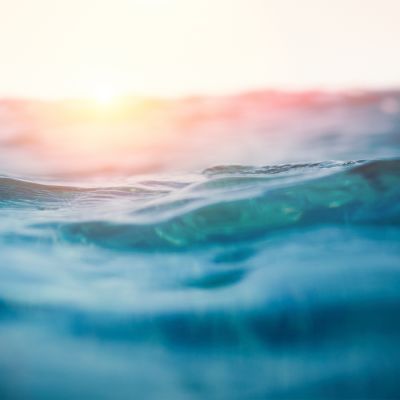- Dates2021
- SponsorAnglian Water, Dwr Cymru Welsh Water, Environment Agency, Irish Water, Northumbrian Water, Severn Trent Water, South West Water, Southern Water, Thames Water, United Utilities, Wessex Water, Yorkshire Water
- Funded£56,000
Impact and findings
In total, 85 wetland system datasets were collected for this project, where 59 systems from practitioners have extensive P data (i.e. outlet P concentration over two years at a minimum), and 26 systems from published literature have informative data (e.g. average inlet/outlet P concentration). The systems are from 18 countries, where 16 systems come from the UK and Ireland. The size of the systems ranges from 0.0025 to 482 ha.
The oldest and newest systems were built in 1978 and 2020, respectively. The quantity and quality of the dataset are comparable to published review studies, with this work containing the largest sewage treatment SF wetlands assessment.
This project will deliver 1) an open-access Position Paper, where the raw data will be available online and benefit academic research and industry implementation, 2) an executive summary video to summarise the key messages, and 3) an infographic to present the main findings. The documents will be updated on the website shortly.




